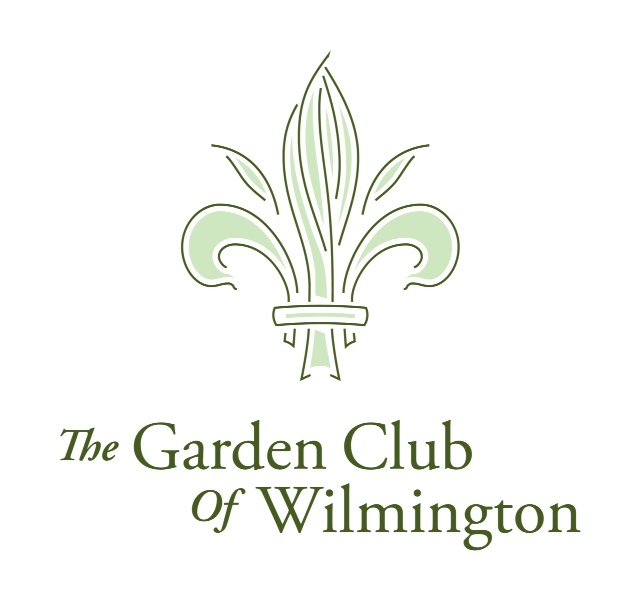Michelle Young’s article published in “Untapped: New York” discusses the successful Kickstarter campaign that raised $22,000 to stabilize the little-known home of Frederick Law Olmsted, one of the main architects of Central Park and Prospect Park. Located in Eltingville on the south shore of Staten Island off Hylan Boulevard, the abandoned farmhouse, and property known today as the Olmsted-Beil House dates in part to 1720. Since 2006, it has been part of the NYC Parks system and has been a city landmark since 1967. The home is part of an original 125-acre farmland Olmsted’s father purchased and historians contend that it was an essential training ground for Olmsted’s later success in landscape design. A new video by Matt Falber tells the history of the house and the decades-long activism that saved it from demolition, along with the work still to be done.
Felicity Beil of the Friends of Olmsted-Beil House organization says in the video, “This is where Frederick Law Olmsted took his baby steps in affecting a landscape.” The Beils sold the house to the NYC Parks Department in 2006, on the decision of their father, which is why it still stands today. The video makes the connection between Olmsted’s time here and his later landscape works, not just here in New York City, but all around the country including his park designs at the U.S. Capitol, Yosemite National Park, and more. “Everybody knows who Olmsted is…It started right here! He planted his seed right here!” says Tina Kaasman-Dunn, another supporter of Friends of Olmsted-Beil House who has offered to sell her family’s land and house to expand the size of the park. “I couldn’t see it going any other way. And my parents were all on board for that. We’re happy about that. I’m sad, because I love it here and I wish I could live here forever, but this way it will be here and that’s important.”
It is said that Olmsted and Calvert Vaux may have completed their competition design for Central Park here. Justin Martin, author of Genius of Place: The Life of Frederick Law Olmsted explains in the video that while living at this farm, Olmsted took a trip to England and took back some key learnings about farming, irrigation, and sewage, which “served him very well when he became a park maker.” He was also inspired by public parks in England, saying he “had never seen anything in America to compare to them.” He came back and experimented with these new ideas at the farmhouse, including adding a serpentine driveway, changing the main entrance, moving the barn, and adding many varieties of new trees, some which still stand today. The Vanderbilts had their start on Staten Island and William Henry Vanderbilt, the eldest son of Cornelius Vanderbilt, saw what Olmsted did at his farm and hired him to work on his property. Martin says this can be seen as Olmsted’s very first foray into landscape architecture. The Beil family, who lived on a house on Olmsted’s farm property, have their own connection to Olmsted — their father was a naturalist who worked at the American Museum of Natural History and in his spare time led nature walks highlighting the hidden wildlife spots on Staten Island in an effort to get those places preserved. That effort Felicity Beil says, “is kind of wonderful because here he was carrying out Olmsted’s vision…for Staten Island.”
The video also covers the many centuries of interesting New Yorkers who have lived in the Olmsted-Beil House. Like many historic homes and buildings, the Olmsted-Beil House was built over time, across centuries, and each subsequent inhabitant left its mark architecturally. From a Dutch reverend who was later murdered by Indians upstate, the Pillion family, a retired doctor who was a hobby farmer, a man who turned it into an inn, and Olmsted, these are just a few of the cast of characters that have made the farmhouse what it is today.
There is still much work to be done and funds are needed to restore the Olmsted-Beil House and in fact, the neglect of the home is what spurred the creation of Friends of Olmsted-Beil House to begin with. Eileen Monreale, President of the organization says, “The porch is gone, the windows are boarded up, there needs some floor stabilization, there are some issues of water in the basement,” along with a fire that destroyed the electrical system. She says the NYC Parks Department loves the house and would love to restore it, and speaks to the support and help the organization has received from Parks. “Our vision is to open and restore that house, and to use it for educational purposes.”



